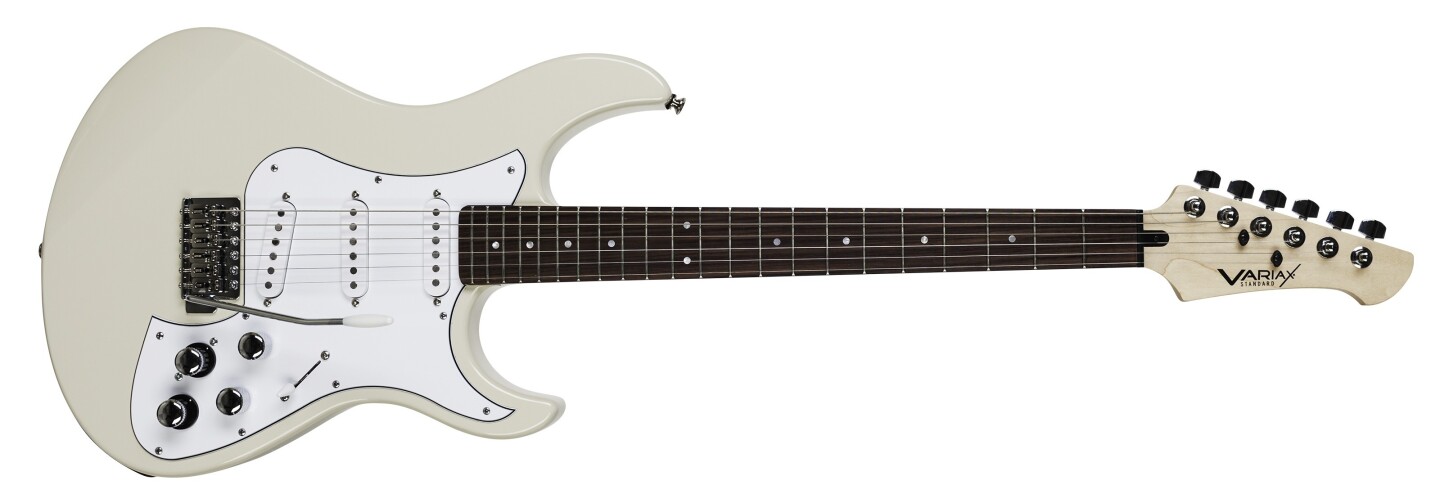Guitarists wanting the classic tones of yesteryear can risk financial ruin by amassing a sizeable collection of original instruments or they can take a much cheaper route and turn to the digital world for help. Line 6 has been modeling vintage guitar sounds for a good many years, with its Variax guitars offering multiple vintage tones on one instrument. Now the company has added a very special new member to its Variax family, the Standard, which represents the first major collaborative effort since Yamaha acquired Line 6 in January 2014.
The Variax Standard combines Yamaha guitar building know-how with Line 6 tone digital modeling wizardry, the latter placing an impressive library of "authentic" vintage tones at the command of the player. If you're a gigging musician that means that you can dial in different guitar sounds using just one instrument, rather than having to swap axes during a break or mid-song and then perhaps modify your playing style to suit a different setup, shorter or longer neck or different gauge strings and so on.
"The process of modeling a vintage instrument using Variax HD technology is complex," says Line 6. "Every facet of the guitar – including the body, electronics and metal parts – influences the way the instrument sounds and responds, and must be captured during modeling. By painstakingly analyzing and capturing every single aspect of the most iconic vintage instruments, the Line 6 team ensured that Variax delivers the sound and feel of the world’s most coveted guitars with stunning detail. The result is accurate and realistic tone reproduction that stays true to the original instruments."

Available tones are modeled on such icons as a 1959 Strat, a 1952 Les Paul Goldtop, a Gibson Firebird V from 1976, 6 and 12 string Rickenbacker 360 models from '68 and '66 respectively and a 1966 Guild F212. Players are not limited to vintage guitar sounds, though. The Variax HD library also puts resonator, sitar, banjo and tricone models, as well as alternate tunings, at a player's fingertips via two dedicated knobs that sit behind the guitar's volume and tone knobs.
Companion Workbench HD software also allows axe-wielding sonic scientists to mix and match virtual components to create numerous classic, vintage, modern and custom tones and then upload them to the instrument.
Yamaha's part of the equation is realized as a Strat-like double cut guitar with an alder body, one-piece maple neck with a 22-fret rosewood fingerboard, three custom-wound single coil pickups and 5-way pickup selector, a proprietary tremolo bridge and a lubricated Graph Tech nut.
The Variax Standard will be available in three finishes during Q1 2015 for a suggested retail price of US$1,119.99. Visitors to the NAMM Show can get an up close look at the new guitar at the Line 6 booth.
Product page: Variax Standard






